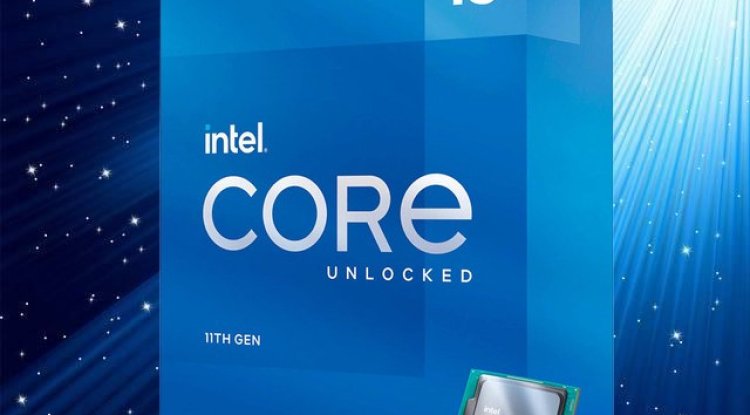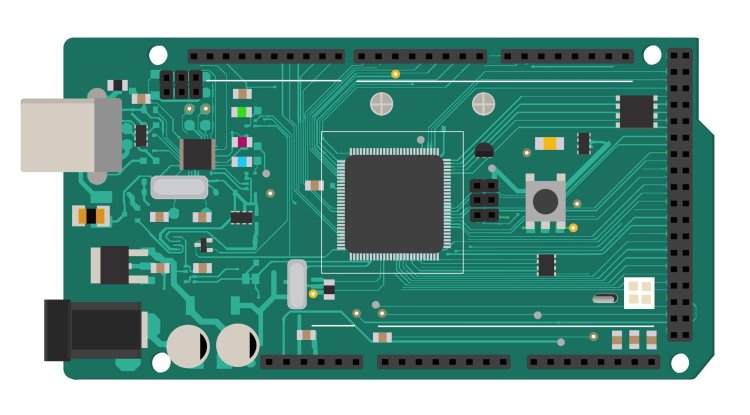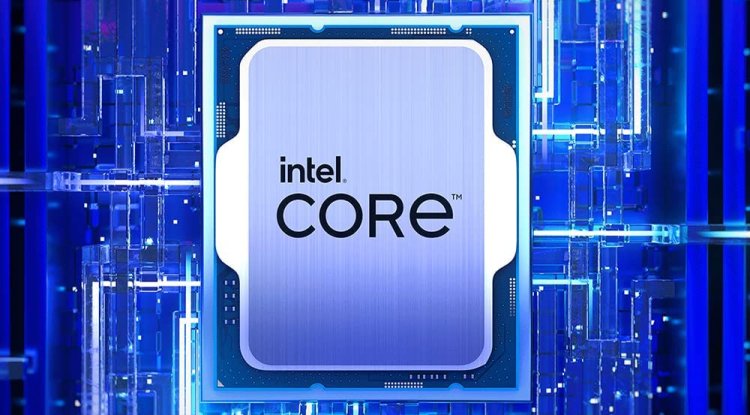AMD patent describes stacked GPU-ML combo for RDNA4
An AMD patent describes a GPU that works together with an overlying machine learning chip. Perhaps this approach could find its way into future products

An AMD patent describes a GPU that works together with an overlying machine learning chip. Perhaps this approach could find its way into future products such as the RDNA4 GPUs.

The RDNA2 graphics cards presented by AMD last year will probably remain the company's top models for a long time to come because the RDNA3 successors are still a long way off. Allegedly the first new GPU, Navi 31, has just been tapped out, and the corresponding products are not expected to be released for about a year. Behind the scenes, work on RDNA4 should have already started, and this is where a patent filed by AMD could be important. Machine learning chip above the GPU
The patent, filed on December 21, 2020, and published this December, describes a combination of a GPU and a machine learning chip called an Accelerated Processor Die (APD) that is housed directly on the GPU. The structure should roughly correspond to the Zen 3 processors announced by AMDs with an attached cache chip ("3D V-Cache").
"The product includes a machine learning chip that contains memory and one or more machine learning accelerators; and a computing chip that is stacked with the multiple machine learning chips. The computing chip is configured to Shader programs for controlling operations on which several machine learning chips execute. The memory can either be configured as a cache, as directly accessible memory or as both. "

With this step, AMD would bring the development in the CPU market to the GPU market with a time delay. The Zen processors have been using a chiplet approach since their introduction, in which several computing chips work together. With RDNA3, this approach should also be used with GPUs, while the first Ryzen processors with stacked (cache) DIEs will be available by then. In the future, as described in the patent, chips with computing or acceleration units could also be stacked.
Since only the patent has been published so far, but no specific announcements have been made, the use of a stacked machine learning chip is not yet guaranteed. The rumor mill has not heard of the RDNA3 GPUs in this regard, and the simultaneous introduction of chiplets and stacked chips would probably be a bit too daring. If at all, an application of the patent would be conceivable for RDNA4 or an even later generation.





































